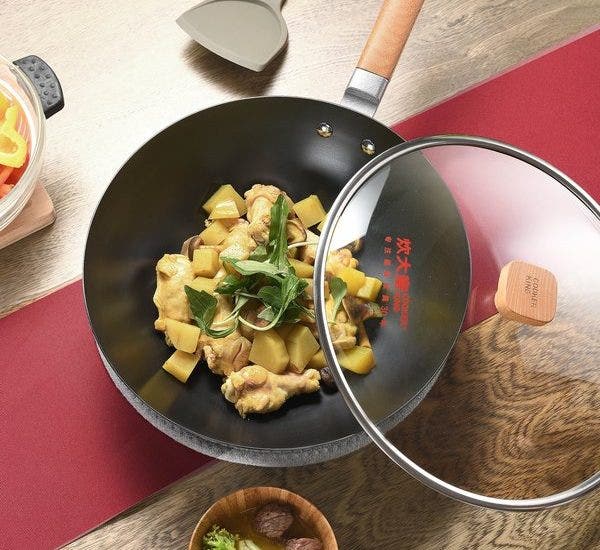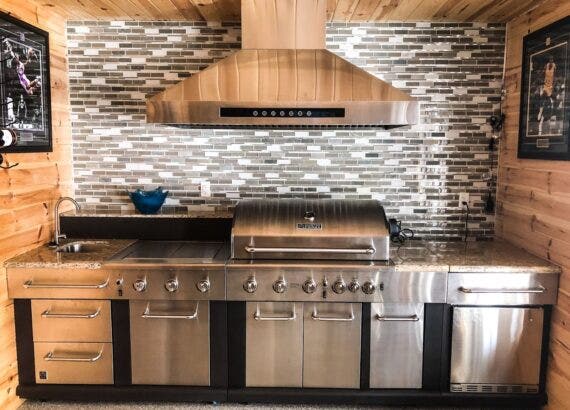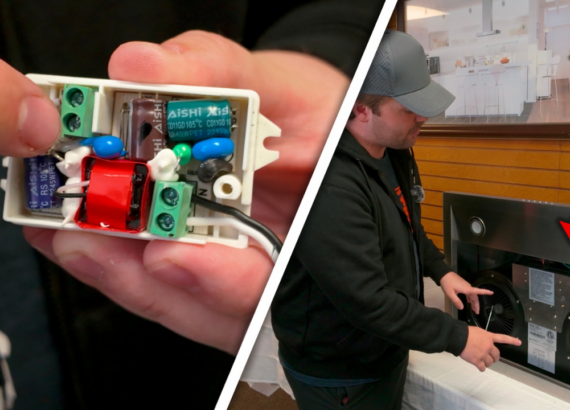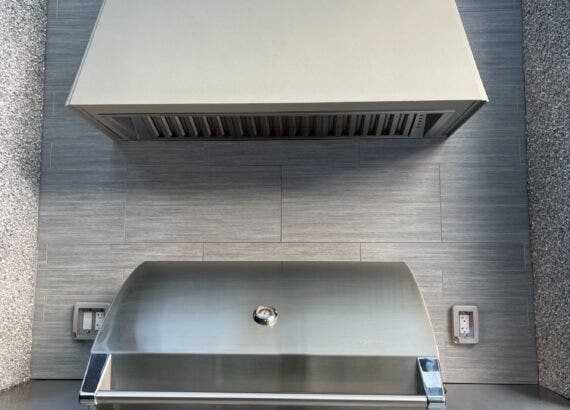Do I need a wok?

Have you ever asked yourself: do I need a wok? This question depends on the person and their cooking habits. It can be helpful to consider other questions too, like: Is it worth it for me to buy a wok? What’s the difference between a wok and a frying pan? We’ll go over these below.
You might need a wok if you:
- Stir fry several times a week
- Stir fry frequently for several people
- Love to cook using many different techniques, like steaming, braising, stir-frying, and others
- Own a frying pan that isn’t large or comfortable enough for you to use
So, what makes woks so great in the kitchen?
Table of Contents
A wok’s thin shape allows it to conduct heat quickly.
Compared to a frying pan, woks are much thinner which allows them to heat up and cool down quickly. Even when stir-frying at the hottest temperatures, it only takes about 10 minutes for your wok to heat up.
It’s important to keep the food moving so you don’t overcook anything. The bottom part of the wok is the hottest. Move the food around to the sides of the wok to prevent burning.
Round bottomed woks have a small bottom that gets quite hot. Flat bottomed woks have a larger base, but not as large as your typical frying pan. A frying pan takes a while to heat up. So, compared to a wok, you’ll have to wait longer for your food to cook.
Woks can hold a lot of food.
Woks are perfect for cooking for a crowd. Compared to a frying pan, they have tall, sloped edges which means you can fit a lot of delicious stir fry.
But don’t put too much food in your wok. If it’s crowded, the food won’t heat evenly. Eventually, it’ll get soggy. No one wants that!
Woks are lightweight and easy to control.
Woks are much lighter than frying pans, which makes it easy to prevent your food from burning. With the wide sloped edges, food won’t fall out easily either.
Weight and ease of use are more a personal preference. Do you prefer hands-on cooking, where you have to flip the food a few times a minute? Then go with a wok.
Or would you rather turn the burner on and check on it every few minutes? Then go with a frying pan. Cooking with a frying pan takes longer but you won’t be at a high risk of burning the food.
To learn more about woks vs. frying pans, check out this article.
A wok is incredibly versatile.
When you hear “wok,” you might think “stir-fry.” But that’s not the only thing a wok can do. You can boil vegetables, steam vegetables, braise meats, smoke meats…the possibilities are endless! You can even cook soups and stews in your wok if you have a lid.
You also have the option of a round-bottomed wok or a flat-bottomed wok. Round bottomed woks require a wok ring. These are best over a gas stove.
Flat bottomed woks should be your only choice over an electric stove. Learn more in our complete article, Can I use a wok on an electric stove?
You can use a flat bottomed wok on a glass top stove, too. But just be careful not to scratch the stove top.
Things to Consider When Buying a Wok
Flat or Round Bottom
This is the most important decision to make when buying a wok.
If you own a gas stove, go with a traditional round-bottomed wok. Round bottom woks sit on wok rings, so they’re a few inches from the burner. On a gas stove, the flame will directly heat your wok.
But on an electric or induction stove, the wok won’t make contact with the heating element. For these stoves, go with a flat bottomed wok.
Material
The most popular choices for your wok are carbon steel, stainless steel, and cast iron. No matter which material you choose, season your wok for the best results.
Carbon steel is the most lightweight of the three. It’s more durable than stainless steel. Carbon steel heats up quickly.
Stainless steel is durable and easy to clean. It’s not quite as durable as carbon steel, but it’s still a great option for your wok.
Cast iron is the heaviest of these three materials. It retains heat the best, though. This means you won’t have to worry about keeping your wok super hot.
But it also means that you need to watch your food carefully. Even when your wok’s off the heat, the food can keep cooking and burn if you’re not careful.
Non-stick
Stay away from woks with a non-stick coating. If it gets damaged, you can’t replace it. Non-stick coatings break down at high temperatures, too. For example, Teflon starts to break down at around 500º F. So it’s best to buy a traditional wok and season it yourself. You can reseason it if the coat of oil breaks down, too.
Handles
Most woks will have one of three types of handles. One long handle, two short handles on each side, or a long handle and a short handle. Take a look at the photos below to see the different handles.
Here’s a wok with two short handles.
Buy a wok with short handles on Amazon at the banner below.
Here’s a wok with one long handle.
Check out a wok with a long handle on Amazon at the banner below.
Here’s a wok with one long handle and one short handle.
Lids
The last thing to consider when buying a wok is the lid. Some woks do not come with lids, so you may need to buy them separately, like these. Lids are not required but they are great for sautéing or making soups.
That’s it for our article “Do I need a wok?” Hopefully by now you have your answer to that question. The short answer is, if you love stir-frying, definitely consider a wok!
Thanks for reading!
Do I need a wok?
You might need a wok if you:
Stir fry several times a week
Stir fry frequently for several people
Love to cook using many different techniques, like steaming, braising, stir-frying, and others
Own a frying pan that isn’t large or comfortable enough for you to use







Comments are closed.